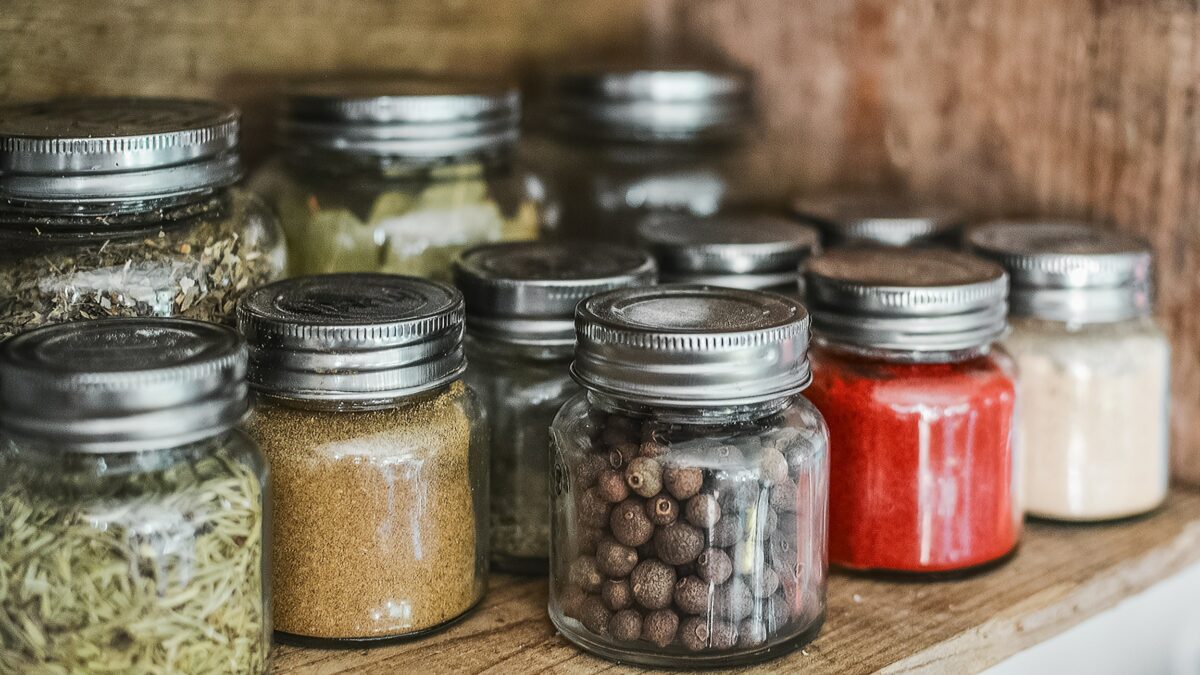Recyclability of Jar Lids
Are jar lids recyclable – The recyclability of jar lids depends on the materials they are made from. Common materials include metal, plastic, and glass.
Metal lidsare typically made of steel or aluminum. These lids are recyclable in most communities. However, it is important to remove any plastic or rubber gaskets or seals before recycling.
Plastic lidsare typically made of polyethylene (PE) or polypropylene (PP). These lids are recyclable in some communities, but not all. It is important to check with your local recycling program to see if plastic lids are accepted.
Glass lidsare typically made of tempered glass. These lids are not recyclable in most communities. However, some communities have special programs for recycling glass lids.
Tips for Recycling Jar Lids
- Remove any plastic or rubber gaskets or seals from metal lids before recycling.
- Check with your local recycling program to see if plastic lids are accepted.
- Glass lids are not recyclable in most communities.
Environmental Impact of Jar Lid Disposal: Are Jar Lids Recyclable
Improperly discarding jar lids can have detrimental effects on the environment. When these lids end up in landfills, they take hundreds of years to decompose, contributing to the accumulation of non-biodegradable waste. They also release harmful toxins into the soil and groundwater, potentially contaminating ecosystems.Recycling jar lids offers significant environmental benefits.
By diverting them from landfills, we reduce waste and conserve valuable resources. The recycled materials can be used to create new products, reducing the need for raw material extraction and processing. Additionally, recycling jar lids saves energy compared to manufacturing new lids from scratch.Statistics indicate that recycling just 1 ton of jar lids saves approximately 14,000 kilowatt-hours of energy, equivalent to the annual electricity consumption of 10 average homes.
Moreover, recycling jar lids reduces greenhouse gas emissions by preventing the release of methane and carbon dioxide during decomposition in landfills.
Waste Reduction and Resource Conservation
Recycling jar lids significantly reduces the amount of waste sent to landfills. According to the Environmental Protection Agency (EPA), approximately 12 million tons of metal are landfilled in the United States each year, with jar lids contributing to a substantial portion of this waste.
Browse the multiple elements of how many ounces is a mason jar to gain a more broad understanding.
Recycling these lids helps conserve resources by diverting them from landfills and allowing them to be reused in new products.
Energy Savings and Emissions Reduction
The recycling process for jar lids requires less energy compared to producing new lids from raw materials. The EPA estimates that recycling aluminum saves 95% of the energy required to produce new aluminum from bauxite ore. Recycling jar lids made from other metals, such as steel or tin, also saves significant amounts of energy.Moreover, recycling jar lids reduces greenhouse gas emissions by preventing the release of methane and carbon dioxide during decomposition in landfills.
These gases contribute to global warming and climate change. By recycling jar lids, we can mitigate their environmental impact and promote a more sustainable future.
Methods for Recycling Jar Lids

Recycling jar lids is a simple and environmentally friendly way to reduce waste. Here are the steps involved:
Sorting:Separate jar lids from other materials, such as glass jars, plastic containers, and metal cans. Jar lids are typically made of tin-plated steel or aluminum, so they should be sorted with other metal items.
Cleaning:Rinse jar lids with water to remove any food residue or debris. This will help to prevent contamination of the recycling stream.
Special Considerations:Some jar lids may have plastic or rubber gaskets or liners. These components should be removed before recycling the lid. If the gasket or liner is not removable, the entire lid should be discarded as trash.
Recycling Options, Are jar lids recyclable
Once jar lids have been sorted and cleaned, they can be recycled at most curbside recycling programs or drop-off centers. Be sure to check with your local recycling provider for specific guidelines.
Alternatives to Recycling Jar Lids

Instead of sending jar lids to recycling centers, we can explore alternative uses to minimize waste. Reusing and repurposing these lids not only reduces environmental impact but also fosters creativity.
Creative Uses
- Coasters:Glue a layer of felt or cork to the bottom of jar lids to create unique and stylish coasters.
- Wall Art:Paint or decorate jar lids and arrange them on a wall as an eye-catching art installation.
- Jewelry:Punch holes in jar lids and attach jump rings to make pendants, earrings, or charms.
- Plant Markers:Write plant names or descriptions on jar lids and attach them to pots or garden beds for easy identification.
- Drawer Knobs:Screw jar lids onto cabinet or drawer doors for a rustic and personalized touch.
Environmental Benefits
Finding alternative uses for jar lids offers several environmental benefits:
- Reduced Waste:Reusing jar lids diverts them from landfills, conserving natural resources and reducing waste accumulation.
- Lower Carbon Emissions:Recycling jar lids requires energy and transportation, while alternative uses eliminate these processes, resulting in lower carbon emissions.
- Increased Creativity:Reusing jar lids encourages creativity and resourcefulness, fostering a sense of environmental responsibility.
One thought on “Are Jar Lids Recyclable? A Comprehensive Guide to Eco-Friendly Disposal”